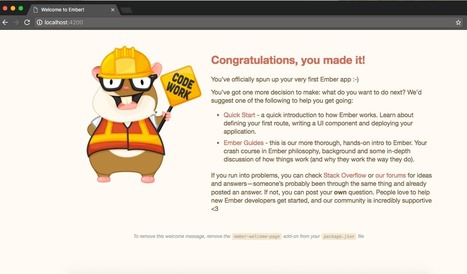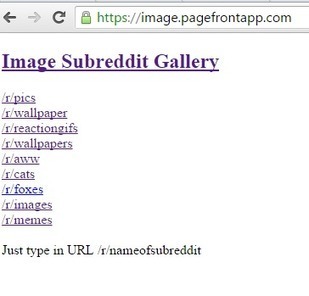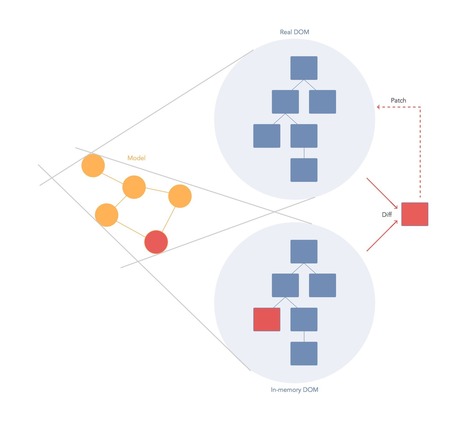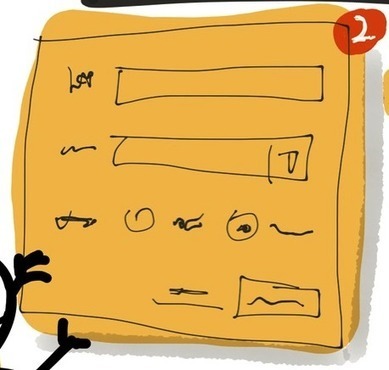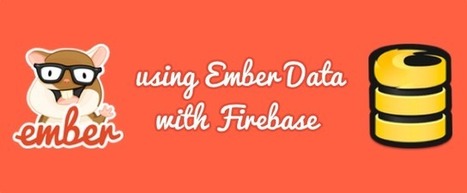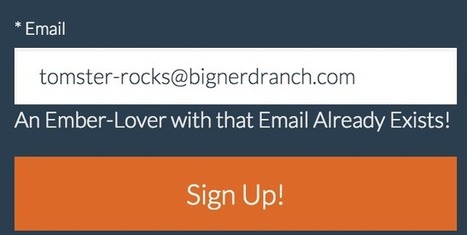Why Ember.js?
- Convention over configuration. It reduces the configuration related codes like anything.
- Much better data change observing mechanism than angular.js like frameworks.
- A priority based run loop, who decides which task to run first.
- Built in architecture (with ember cli) has its own advantages. Easier to shuffle developers across teams.
- ES6 syntaxes. Modern technology.
- Huge community. Ember even has npm like emberobserver.




 Your new post is loading...
Your new post is loading...
